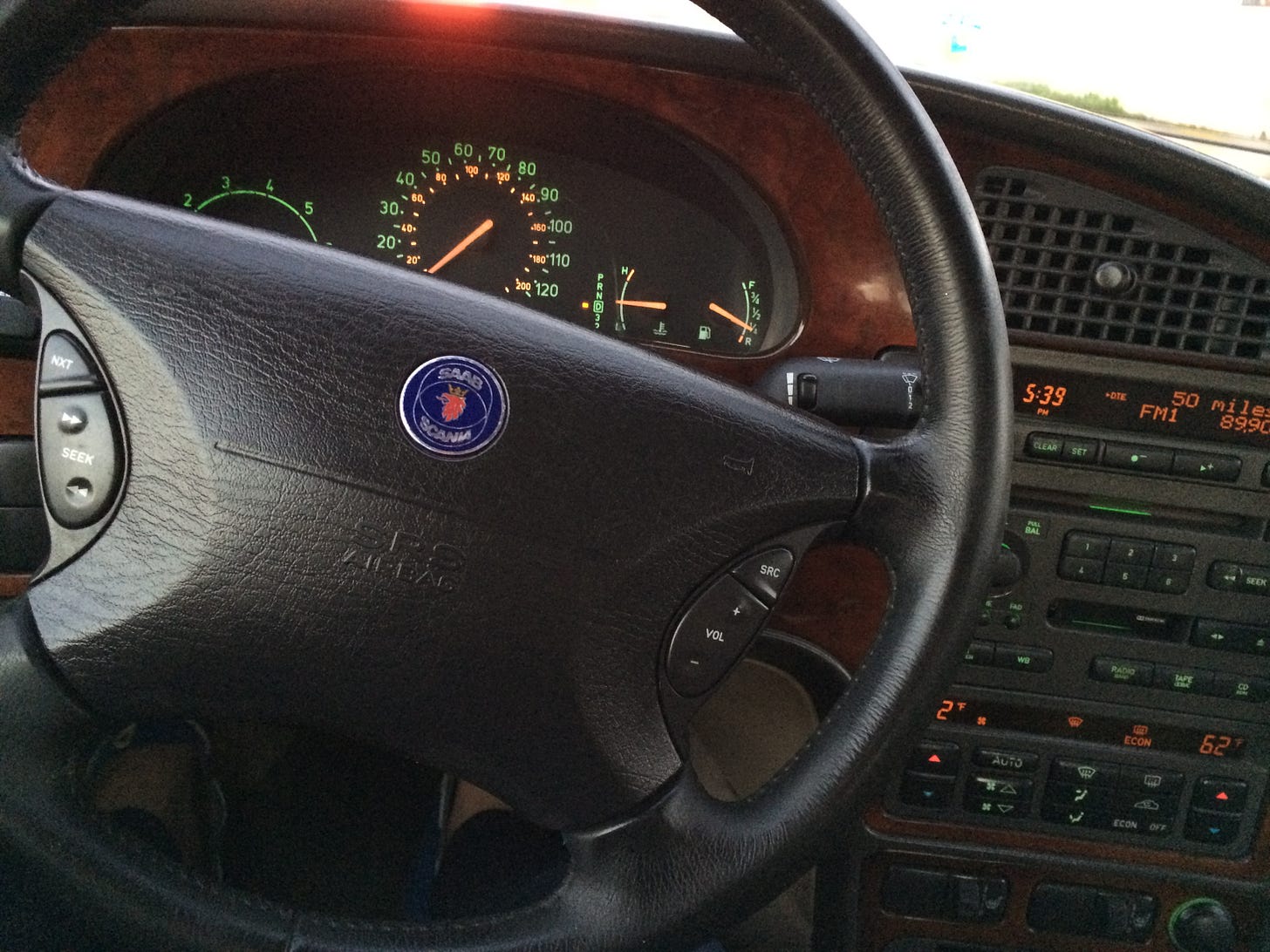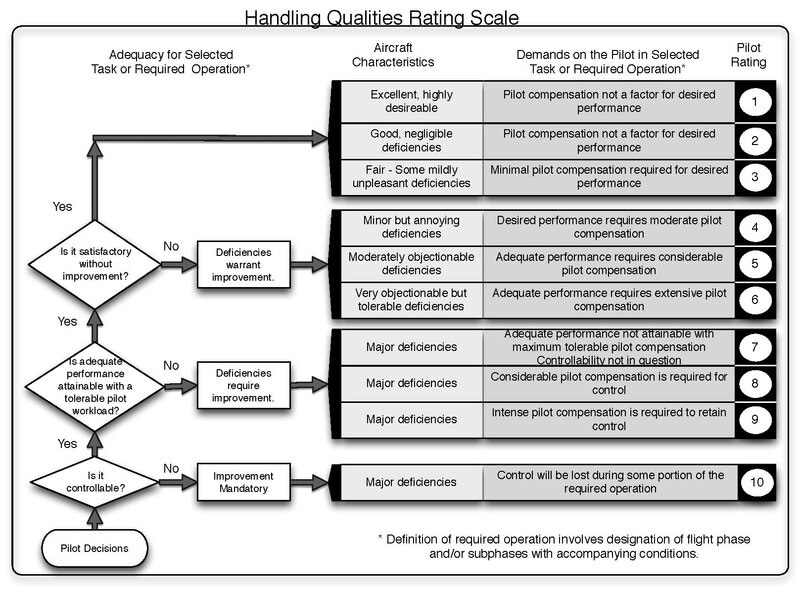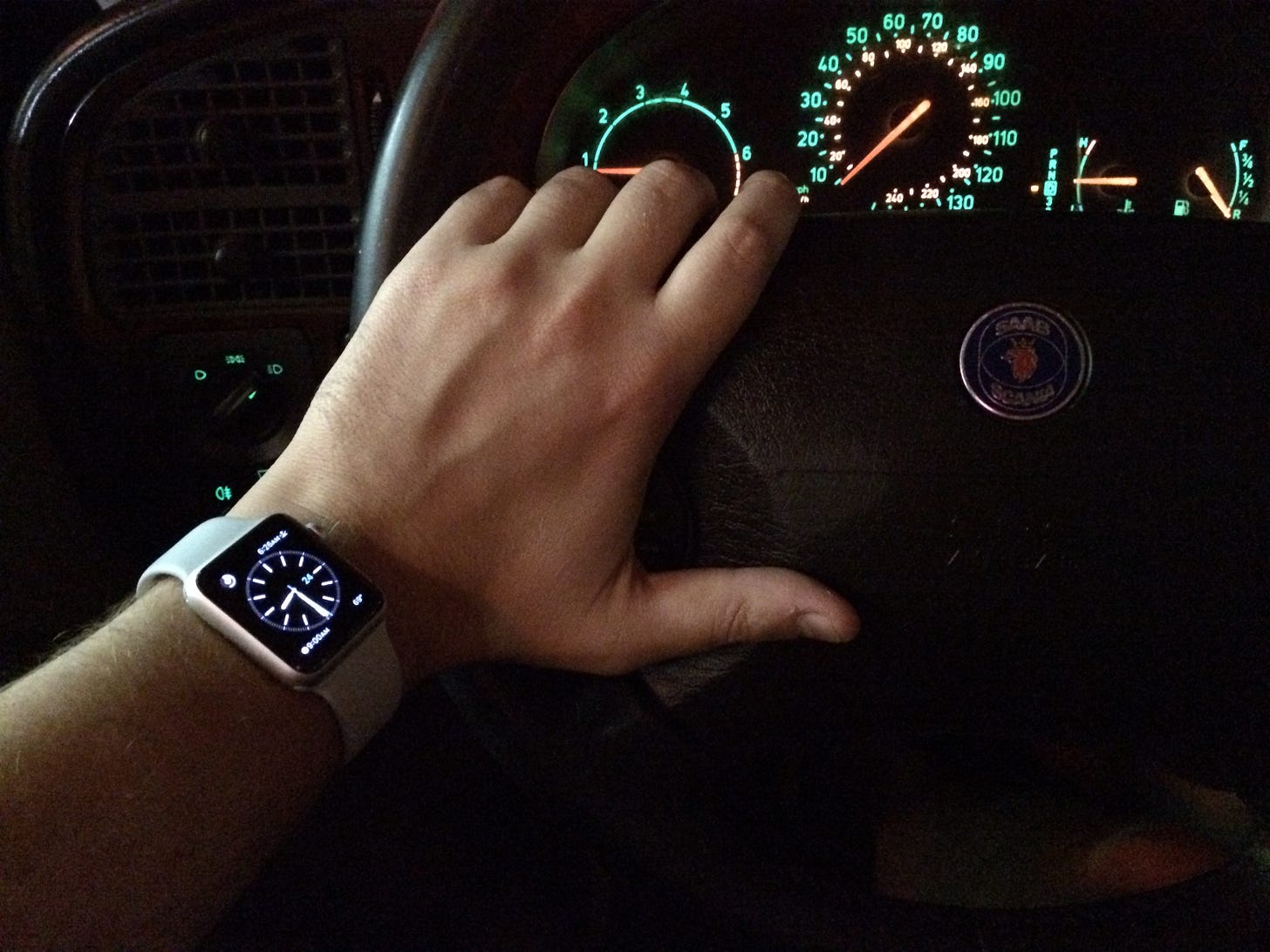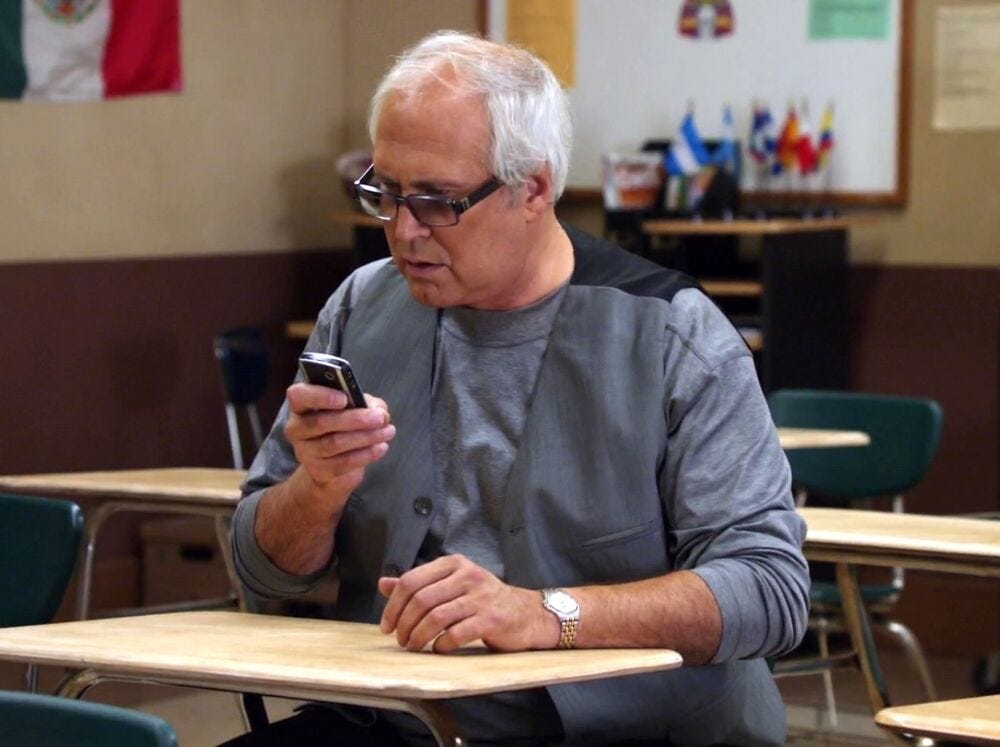22 Ventôse, 233 (Persil)
Haider Ackerman at Tom Ford, the New Time Lords, the Enduring Mystery of Charles, and Volkswagen Remembers Touch
Some stuff from the last week or so that I enjoyed. And the title references today’s date according to the French Republican Calendar (a nice reminder that one could use it, if so inclined).

I. Haider Ackerman and Tom Ford
There’s the Haider Ackerman in the news cycle, as the new Creative Director of Tom Ford (and Canada Goose) who debuted his first Tom Ford collection last week. And then there’s this unexpected, but delightful interview, where he lies down on a couch and talks to fashion designer Bella Freud (yes, that Freud—her father was Lucien and great-grandfather was Sigmund) on her interview show Fashion Neurosis.
You are going to know in the first two minutes whether this is for you. If it is for you, I hope you enjoy the hour as much as I did.
Ackerman’s look here is incredible—an outer layer of indigo, hickory stripe workwear paired with silk pajamas and scarf. The insights from the interview are also great: A scarf is a kind of armor. You might meet someone you think is gorgeous, but then break things off with them when they undress to reveal a henley, thereby triggering your phobia of buttons. You might also be a worthy replacement to Tom Ford (who famously didn’t want his young son wearing velcro shoes) if you did not wear shorts prior to your 40th birthday. Lastly, our cultural penchant for adopting and remixing militaria might have something to do with posture and headspace—field jackets and other military pieces help you stand more upright, and in a related way can remind you how to be.
II. The New Time Lords
Sublime Prosaic completionists (there are dozens of us! also, how neat is that linked NPR guide to Arrested Development jokes—why does it exist?) will know that I love the story about Harrison’s series of wooden clocks, devised meticulously and relentlessly improved over the decades to help the British Navy solve the longitude problem (of keeping a record of accurate position at sea). I’ve written a bit about his wooden seafaring clocks here:
Garden Aisle: the Exquisite Wood of the Lignum Vitae
Garden Aisle on Sublime Prosaic is generally about gardening and plants. This week, it’s partially about my enduring fascination with things made out of endangered wood.
Now, BBC has a look at the “new time lords” who have been tasked with coming up with a more secure, localized way of keeping time as an alternative to GPS. The technology for individual atomic clocks exists and is reliable, the next challenge is to miniaturize it and control for costs (with a time table for introduction of the clocks set for 2030).
III. A Playlist for A King
It’s impossible for King Charles to do anything cool. This kind of dynamic is seen vividly in his official portrait, which achieves an accidental proximity to coolness (but is otherwise alienating and bewildering).

That’s okay, as coolness is never really in a regent’s remit. Still, he’s once again gotten as close as he can by releasing a playlist through Apple Music, and presumably with much-needed advice from his appointed Master of Music.
The playlist is better than you’d expect, and that’s the thing about Charles. He seems squarely in wanker territory, but he has all these weird, idiosyncratic little hobbies and I end up liking about 20% of what he does.
Look no further than Charles as gardener, with this incredibly great repaired coat, as profiled by in the BBC’s Country Life.
This is the mystery of Charles—he can do something as cool as wearing this jacket, but then he’ll say something like this while wearing it (on the subject of the traditional practice of hedge-laying, from the same Country Life article):
‘I love it. It’s terrific exercise and at the same time it’s a sort of hobby or interest to see if you can get better at doing it…When you first lay a hedge, if you do it well, it looks so marvellous and then the fun is to see three or four years later, it looks like a hedge that’s always been there.’
There’s so much I can’t get on board with there, but again, I’m about 20% into it.
IV. Volkswagen Remembers Touch
Volkswagen with two great pieces of news. First, the announcement of an entry-level, affordable (20,000 Euros—or I guess we’ll see) electric car for the masses. Affordability was part of what made Eames designs so great (and allows Ikea to occasionally be great). It’s a neglected aspect of good design—it should be at a price point for everyone.
And then there’s the recommitment to include physical buttons in all of their cars’ interiors.
This good news, because a car that is touchscreen only is bad design. Why would someone want to swipe through menus to open their glovebox? I can’t prove it, but physical, tactile buttons seem like good design. Maybe I’m biased from my two Saabs (I seem to recall dubious marketing about how their interior layout was informed by the spatial awareness needs of combat pilots, the whole spurious “born from jets” thing), but the Saab driving experience has resulted in a car’s interior being more important to me than the exterior, and I want physical controls I can reach and use by touch/without having to look at them.

But as a sweeping design proclamation, how can we be sure physical controls are good? This brings me to SpaceX, which designed the user interfaces for its 2020 Crew Dragon vehicle to use touchscreens. NASA approved touchscreen controls for the capsule (it’s autonomous after all), but demanded that certain systems in the crew capsule have back up buttons, which are visible in this still from the docking video.
Aviation control systems are evaluated using something called the Cooper-Harper Rating Scale. Someone (not me) should start to look at this and related paradigms and explain what I can only suspect philosophically and anecdotally—that physical controls are better for someone piloting a vehicle.
This might be why the EU is looking at requiring more buttons and fewer screens in cars starting in 2026 in order to award a vehicle top safety marks.
As a final jumping off point, here’s a 2016 photo of my first Apple Watch next to the Saab’s nighttime dashboard/interior.
This is three years before Apple finally managed to introduce a watch face that always displayed the time for you (battery limitations meant you had to raise your wrist or tap the screen to show you the time before 2019, and it was otherwise a blank glass rectangle the rest of the time). Tellingly, I would have had to tap the touchscreen on my wrist in order to take this photo at all. It’s an enduring mystery how Apple could sell tens of millions of watches that could not dutifully fulfill the main function of a watch (to show you the time at a glance). An all-touchscreen car, even one that can drives itself and relieves the driver of needing to pay attention, may seem equally preposterous with the benefit of time.
Then again, I can’t really be sure about physical inputs being superior. I happened to type this all out on a physical keyboard, but I’m sure a touchscreen interface or just dictating it to Siri would have worked out equally well.














